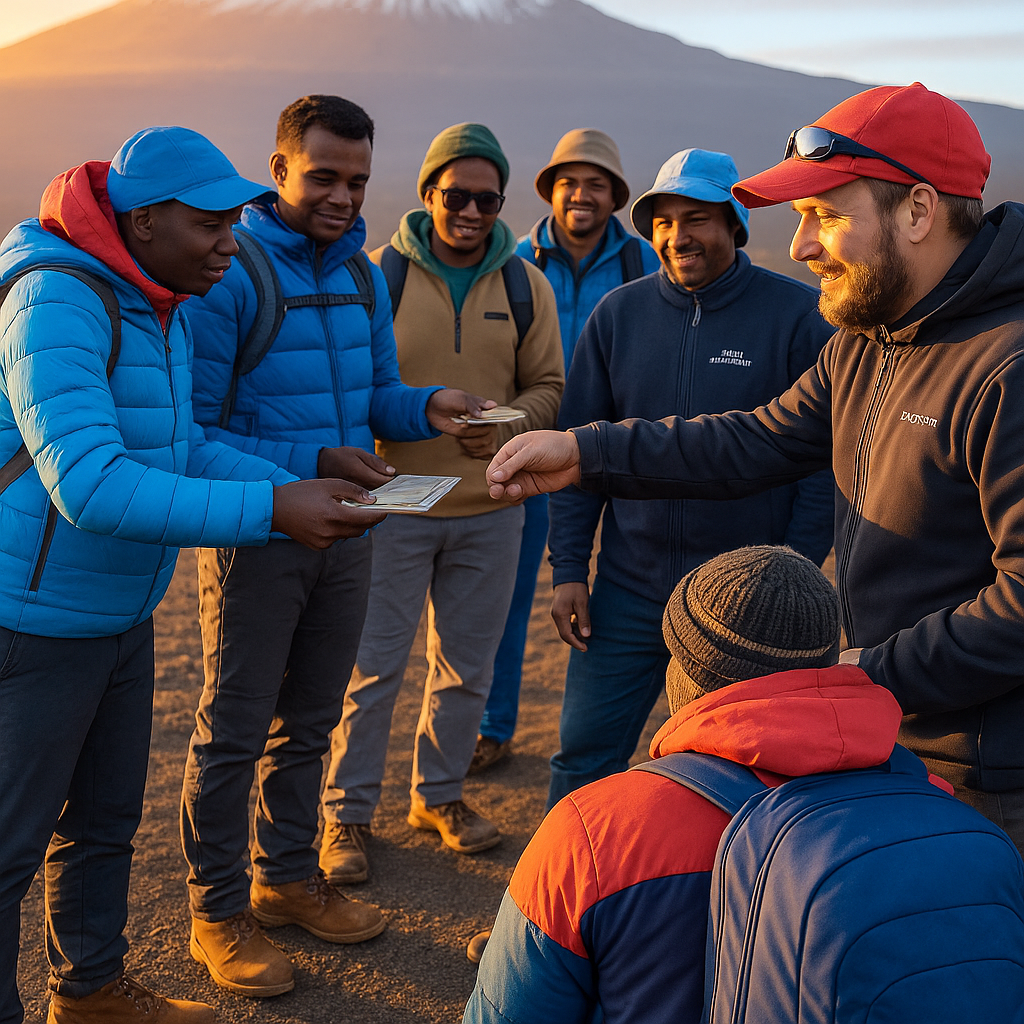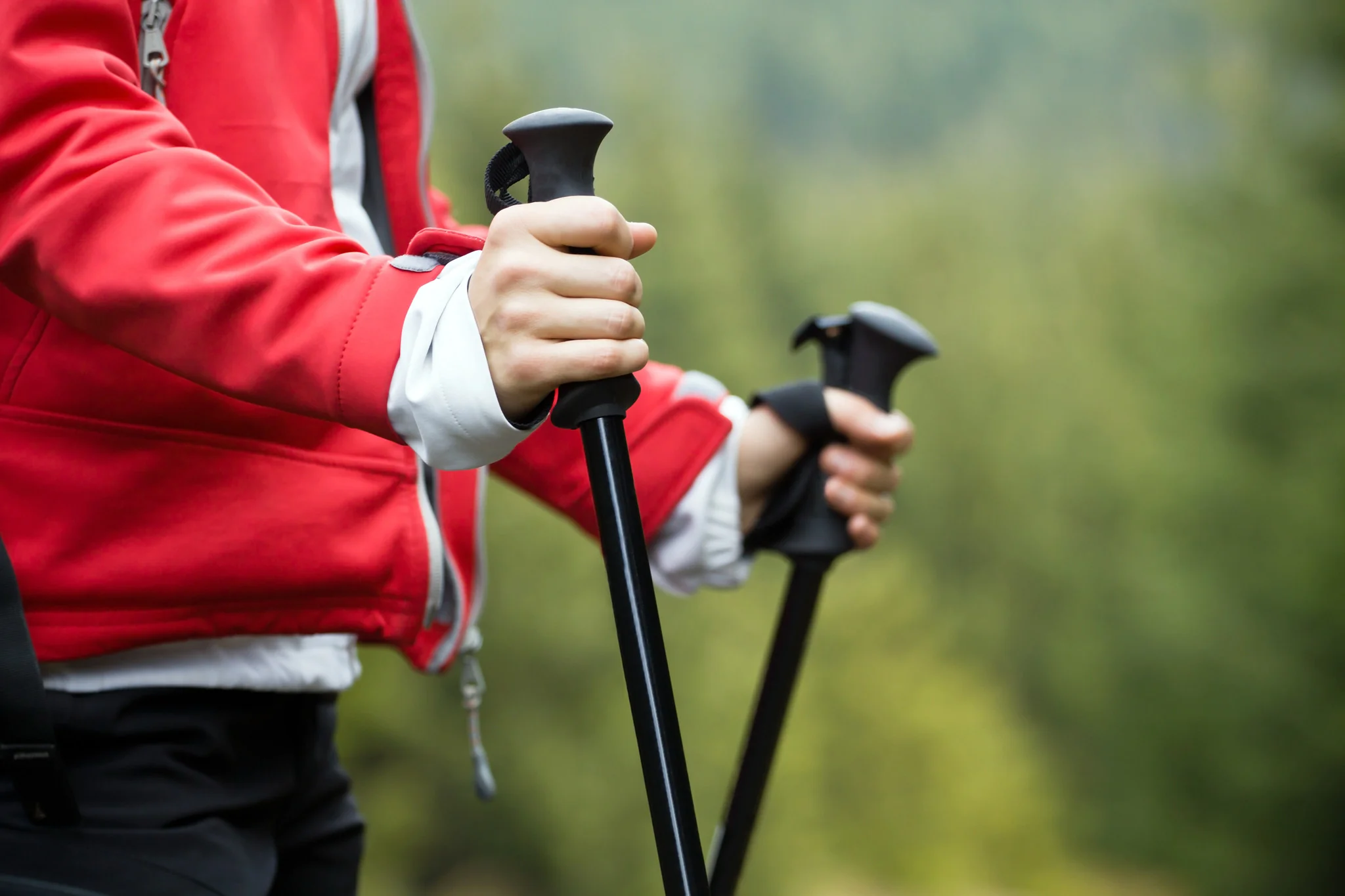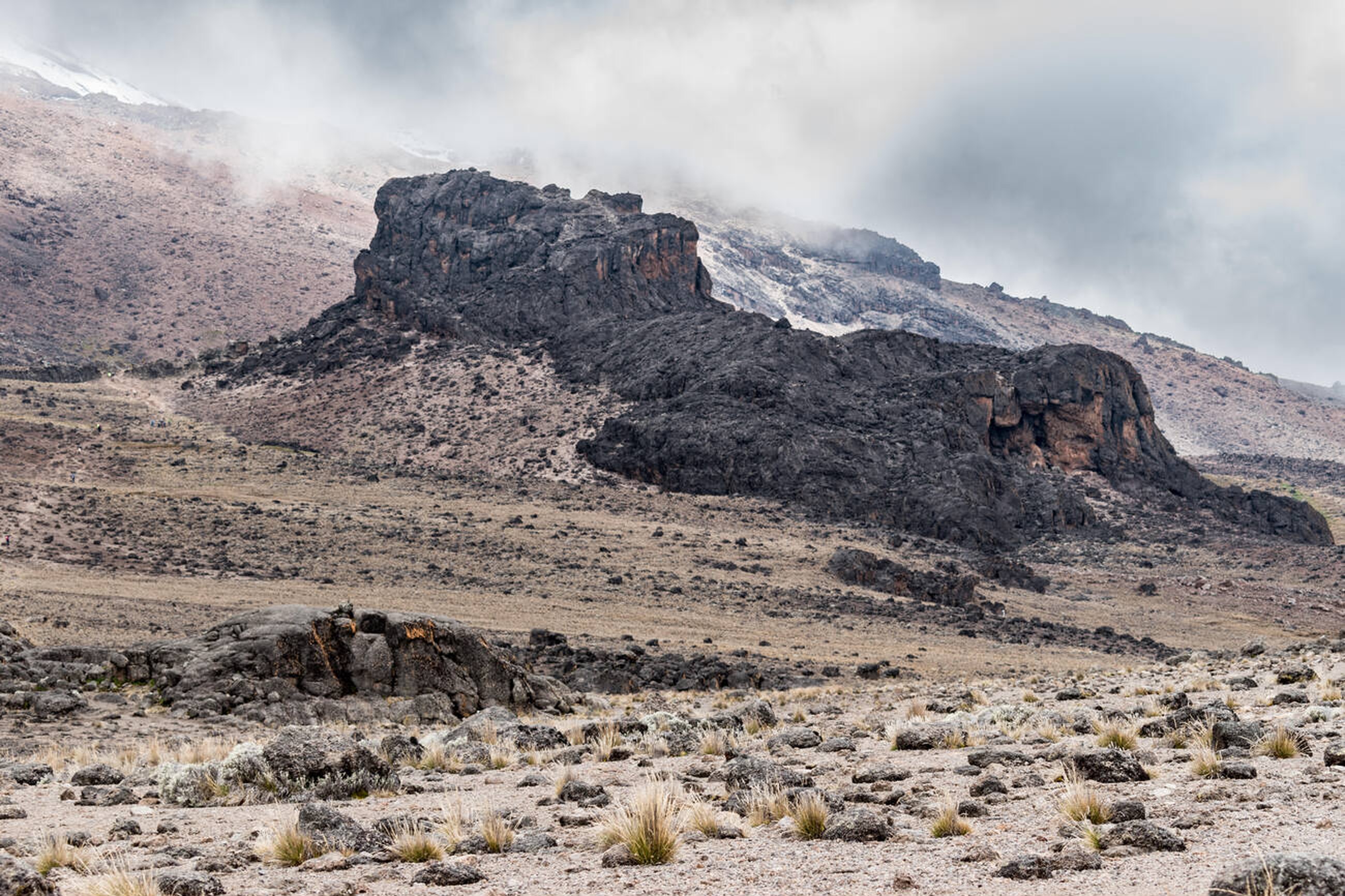Mount Kilimanjaro: Proudly in Tanzania
Mount Kilimanjaro (5,895m/19,341ft), Africa’s highest peak and the world’s tallest freestanding mountain, is located entirely in Tanzania, not Kenya. Situated in northeastern Tanzania near the Kenyan border, it’s ~200 miles (322km) south of the Equator and 140 miles (225km) south of Nairobi. Despite its visibility from Kenya, all climbing permits and access are managed by Tanzania’s Kilimanjaro National Park Authority (KINAPA). Kilisherpas Travel, with 20,000+ safe ascents since 2021, guides climbers to its summit, Uhuru Peak, from Tanzanian bases.
Geographic Location and Coordinates
- Country: Tanzania (northeastern region).
- Coordinates: 03°04′33″S, 37°21′12″E.
- Distance from Key Points:
- Nairobi, Kenya: 140 miles (225km) north.
- Moshi, Tanzania: 25 miles (40km) east (main climbing hub).
- Arusha, Tanzania: 60 miles (100km) west.
- Kilimanjaro International Airport (JRO): 30 miles (50km) northeast.
- Geology: A dormant stratovolcano formed ~750,000 years ago during the Great Rift Valley’s creation, with three cones: Kibo (Uhuru Peak), Mawenzi, and Shira.
Kilimanjaro’s location in the East African Rift Valley enhances its dramatic rise from the plains, making it visible from afar.
Why the Confusion: Kenya vs. Tanzania?
- Visibility from Kenya: Kilimanjaro’s snow-capped Kibo cone dominates the skyline from Amboseli National Park and Tsavo West National Park in Kenya. Kenyan safari operators market views of “their” mountain, leading to misconceptions.
- Historical Marketing: Kenyan tourism has long promoted Kilimanjaro sightings, but the entire massif lies in Tanzania.
- No Kenyan Access: All climbs start from Tanzanian gates (e.g., Marangu, Lemosho), with permits issued by KINAPA.
Can You See Mount Kilimanjaro from Kenya?
Yes! On clear days, Kilimanjaro’s peaks are visible from:
- Amboseli National Park: Best at Observation Hill, offering panoramic views during safaris.
- Tsavo West National Park: Dramatic backdrop for wildlife viewing.
- Nairobi: Faintly from high vantage points like the city skyline.
This visibility fuels the confusion, but climbing requires Tanzanian entry.
How to Climb Kilimanjaro: Permits and Access
- Permits: Issued by KINAPA (~$700–$1,000/person, depending on route/duration). No Kenyan permits needed.
- Starting Points:
- Moshi: 40 min from JRO airport; ideal for transfers.
- Arusha: 90 min from JRO; larger hub with safari options.
- Routes: Seven options (e.g., 8-day Lemosho, 7-day Machame) from Tanzanian gates.
- Kilisherpas Travel: Handles all permits, transfers, and lodging from Moshi/Arusha.
Travel to Kilimanjaro
- By Air:
- Kilimanjaro International Airport (JRO): Direct flights via Emirates, Qatar Airways, KLM.
- Connections: From Nairobi (NBO) via Kenya Airways or Dar es Salaam (DAR) via Precision Air.
- By Road: Buses from Nairobi (6–8 hours) or Dar es Salaam (8–10 hours).
- Visa/Health: Tanzania visa required; yellow fever vaccine if transiting Kenya. Malaria prophylaxis for lowlands.
- Tip: Arrive 1–2 days early to rest (Post-Kilimanjaro Activities).
Kilimanjaro’s Historical and Cultural Significance
- Early Mentions: Ptolemy (2nd century AD) described a “great snow mountain”; Oriental traders noted it as a Zanzibar landmark.
- Western Discovery: Johann Rebmann in 1848, though Chagga locals knew it for centuries.
- First Summit: 1889 by Hans Meyer, Ludwig Purtscheller, and Yohani Lauwo.
- Chagga Heritage: The Chagga people, settled ~400 years ago, revere Kilimanjaro as sacred. Moshi and Arusha blend modern vibrancy with traditional customs.
- Tourism Boom: From 1920s huts to 35,000 annual climbers today.
Fun Fact: “Kilimanjaro” likely means “hill of snow” in Chagga/Swahili. Uhuru Peak honors Tanzania’s independence.
Why Climb with Kilisherpas Travel?
- Expert Routes: 8-day Lemosho or 7-day Machame from Moshi for optimal acclimatization.
- Seamless Logistics: Airport transfers, permits, and hotels included.
- Safety: Twice-daily health checks, oxygen, and helicopter evacuations.
- Ethics: KPAP-compliant, supporting Chagga communities and porters.
FAQ: Kilimanjaro’s Location
Is Kilimanjaro in Kenya?
No, it’s fully in Tanzania, though visible from Kenyan parks like Amboseli.
How do I get permits?
Through Tanzanian operators like Kilisherpas Travel—no Kenyan involvement.
Best base town?
Moshi for convenience; Arusha for safari combos.
Ready to Climb Kilimanjaro in Tanzania?
Mount Kilimanjaro’s Tanzanian home offers unparalleled access to adventure. Kilisherpas Travel ensures a safe, immersive climb from Moshi. Book your 2025 trek or explore our hiking tours.


